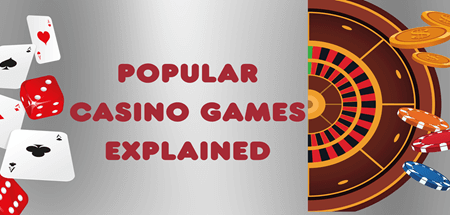 Bluffing is an essential part of poker. It’s a strategy involving making a bet or raising with a weak hand to make your opponent’s fold more substantial. While bluffing can be risky, it’s an effective way to win pots for real money and keep your opponent guessing. This blog will discuss typical bluffs in poker and when to use them.
Bluffing is an essential part of poker. It’s a strategy involving making a bet or raising with a weak hand to make your opponent’s fold more substantial. While bluffing can be risky, it’s an effective way to win pots for real money and keep your opponent guessing. This blog will discuss typical bluffs in poker and when to use them.
The Semi-Bluffing Strategy
The semi-bluff is a bluffing technique where a player bets or raises with a potentially improving hand, relying on its current strength and the possibility of improving later.
The semi-bluff is effective because it gives you two ways to win the pot. First, if your opponent folds to your bet, you’ll win the pot immediately without showing your cards. But if your opponents call your bet, you still have a chance to win the pot by making a firm hand on a later street.
The Continuation Bet Strategy
A continuation bet, or “c-bet,” is made by a good player who has raised pre-flop and then bets again on the flop, regardless of whether they hit or missed it. The continuation bet is a bluffing strategy used to take advantage of the initiative gained by being the pre-flop aggressor.
Continuation bets are effective for a few reasons. Bluffs have three main benefits: taking control of the pot, extracting value from strong hands, and disguising the strength of your hand.
 The Steal
The Steal
The steal is a bluffing strategy that involves attempting to win the blinds and antes without having a solid hand. The goal of the steal is to take advantage of the tight play of your opponents and pick up easy chips without having to risk many of your chips.
Stealing is typically done from late positions like the cutoff or button, where players can act after most opponents. A pre-flop raise or re-raise can apply pressure and induce folds, particularly from those holding weak or marginal hands.
The Overbet
An overbet is a bet more significant than the pot’s limit size. In other words, it’s a bet designed to put maximum pressure on your opponent by betting more than they have in front of them. Overbets are typically used as a bluffing strategy but can also extract maximum value from a firm hand.
Overbets are mainly used on the river, where the pot is often the largest, and the stakes are the highest. An overbet indicates a strong hand and a willingness to risk a large number of chips to win the pot.
The Reverse Bluffing Strategy
A reverse bluff or ‘slow roll’ is a deceptive strategy where you delay showing your winning hand at the showdown, surprising your opponent who believes they have won.
Reverse bluffs are typically used when you have a strong hand and want to extract maximum value from your opponent. Slow playing can lure your opponent into thinking they have the best hand, potentially leading them to bet more chips.
To become a successful poker player, understanding when and how to use different types of bluffs is crucial. Remember that bluffing is always a risk, so use it wisely and don’t overdo it.









